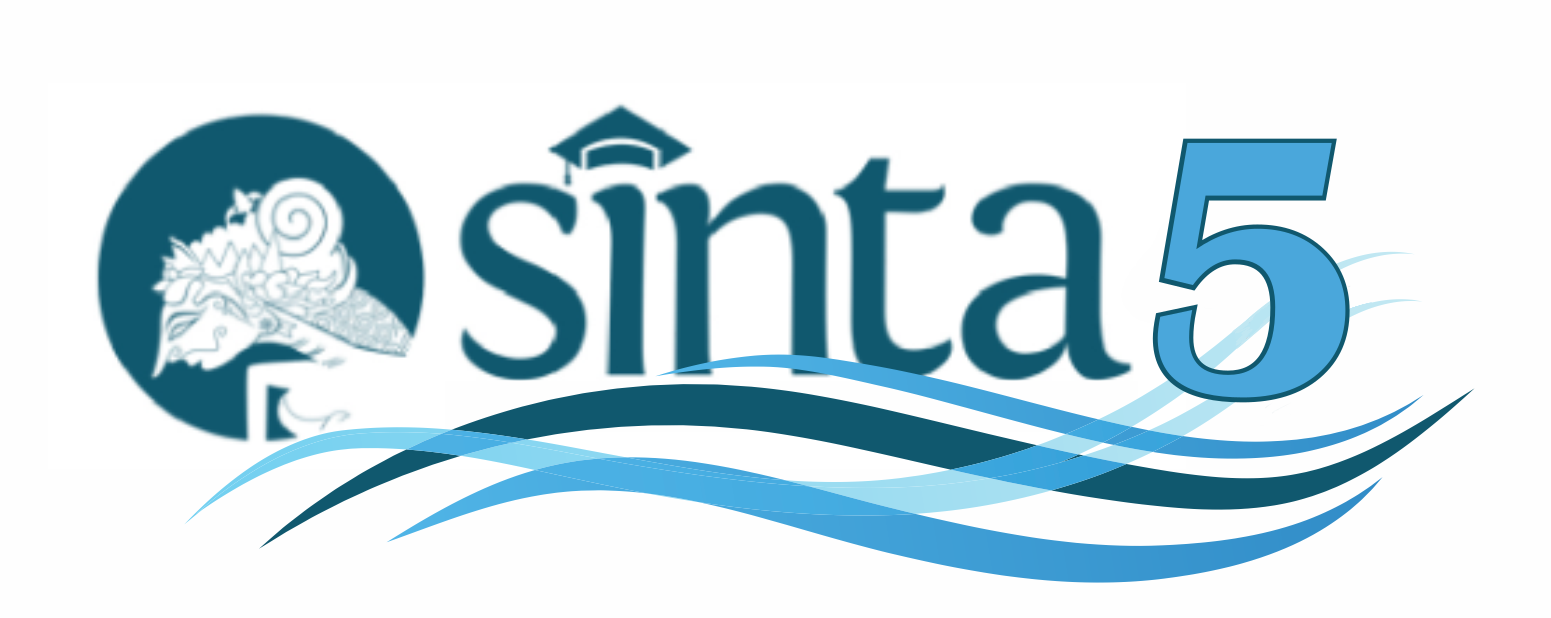Aspek Finansial Usaha Perikanan Pancing (Long Line) Di TPI Hamadi Kota Jayapura (Studi Kasus: Nelayan Kelurahan Hamadi)
DOI:
https://doi.org/10.31957/acr.v4i1.1751Abstract
Hamadi Fish Landing Base (Pengkalan Pendaratan Ikan; TPI Hamadi) is the largest in Papua Province. Most fishermen in TPI Hamadi are long line fishermen. Long line is a fishing gear used to catch pelagic and demersal fish. The purpose of this study is to determine the feasibility of analyzing the business from the financial aspect of the fishing business (long line) at the Hamadi Fish Auction Place (Tempat Pelelangan Ikan; TPI Hamadi) Jayapura City. Data collection methods in this study are the observation method, interview method, documentation method, data analysis related to the financial aspects of the business which include; NPV (Net Present Value), PP (Payback Period) and B/C Ratio (Benefit Cost Ratio). The technical aspects of catching include basic longline fishing gear, operating methods and catches. The results obtained are; The basic longline fishing gear consists of a main rope of 10,000 m long, 30 cm branch rope, swivel, 2,000 cork buoys, stone weights weighing 5-8 kg, and fishing hooks of 10,000 seeds. The operating method of basic longline fishing gear consists of setting, and hauling. The financials of the basic longline catching business at TPI Hamadi show that the fishing business is feasible. The feasibility of basic longline catching business can be seen with the NPV value of 7,154,663 (NPV> 0), IRR 24% (IRR > 19%), Payback Period is 2.28 (PP < 3 years) including the fast return category, and the B/C Ratio is 1,19 (B/C > 1), so it can be concluded that the basic longline fishery business is declared financially feasible.
Key Words:Â Net Present Value;Â Internal Rate of Return;Â Payback Period;Â Benefit Cost Ratio; TPI Hamadi
Downloads
References
Kasmir dan Jakfar. 2009. Studi Kelayakan Bisnis. Jakarta: Prenada Media Group.
Kisworo, R. 2013. Analisis hasil tangkapan, produktivitas, dan kelayakan usaha perikanan rawai dasar di TPI Bajomulyo I Kabupaten Pati. Journal of Management Aquatic Resources, 2(3), 190-196.
Rangkuti, F. 2006. Business Plan: Teknik Membuat Perencanaan Bisnis dan Analisis Kasus. Jakarta: Gramedia Pustaka Utama.
Riyanto, B. 2010. Dasar-Dasar Pembelajaran Perusahaan. Yogyakarta: BPFE-Yogyakarta.
Tibrani dan Sofyani, T. 2010. Pengorganisasian dan analisis usaha perikanan keramba di waduk PLTA Koto Panjang Kabupaten Kampar. Berkala Perikanan Terubuk, 38(1), 48-61.
Umar, H. 2003. Studi Kelayakan Bisnis. Edisi 3 Revisi. Jakarta: PT. Gramedia Pustaka Utama.
Undang-Undang 25 Tahun 2007 Tentang Penanaman Modal.
Van Horne, J.C. and Wachowicz, J.M. 2007. Prinsip-Prinsip Manajemen Keuangan. Edisi 12 Buku 2. Jakarta: Salemba Empat.
Wirartha, I.M. 2006. Metodologi Penelitian Sosial Ekonomi. Yogyakarta: CV. Andi Offset.
Yafiz, M., Sondita, M.F.A., Soemakaryo, S. dan Monintja, D.R. 2009. Analisis finansial usaha penangkapan ikan dalam model perbaikan kesejahteraan nelayan di Kabupaten Rokan Hilir Provinsi Riau. Jurnal Perikanan dan Kelautan, 14(1), 81-92.
Downloads
Published
Issue
Section
License
Authors who publish with this journal agree to the following terms:
- Authors retain copyright and grant the journal right of first publication with the work simultaneously
licensed under a Creative Commons Attribution-NonCommercial-ShareAlike 4.0 International License
that allows others to share the work with an acknowledgement of the work's authorship and initial
publication in this journal. - Authors are able to enter into separate, additional contractual arrangements for the non-exclusive
distribution of the journal's published version of the work (e.g., post it to an institutional repository
or publish it in a book), with an acknowledgement of its initial publication in this journal. - Authors are permitted and encouraged to post their work online (e.g., in institutional repositories or
on their website) prior to and during the submission process, as it can lead to productive exchanges,
as well as earlier and greater citation of published work (See The Effect of Open Access).




















